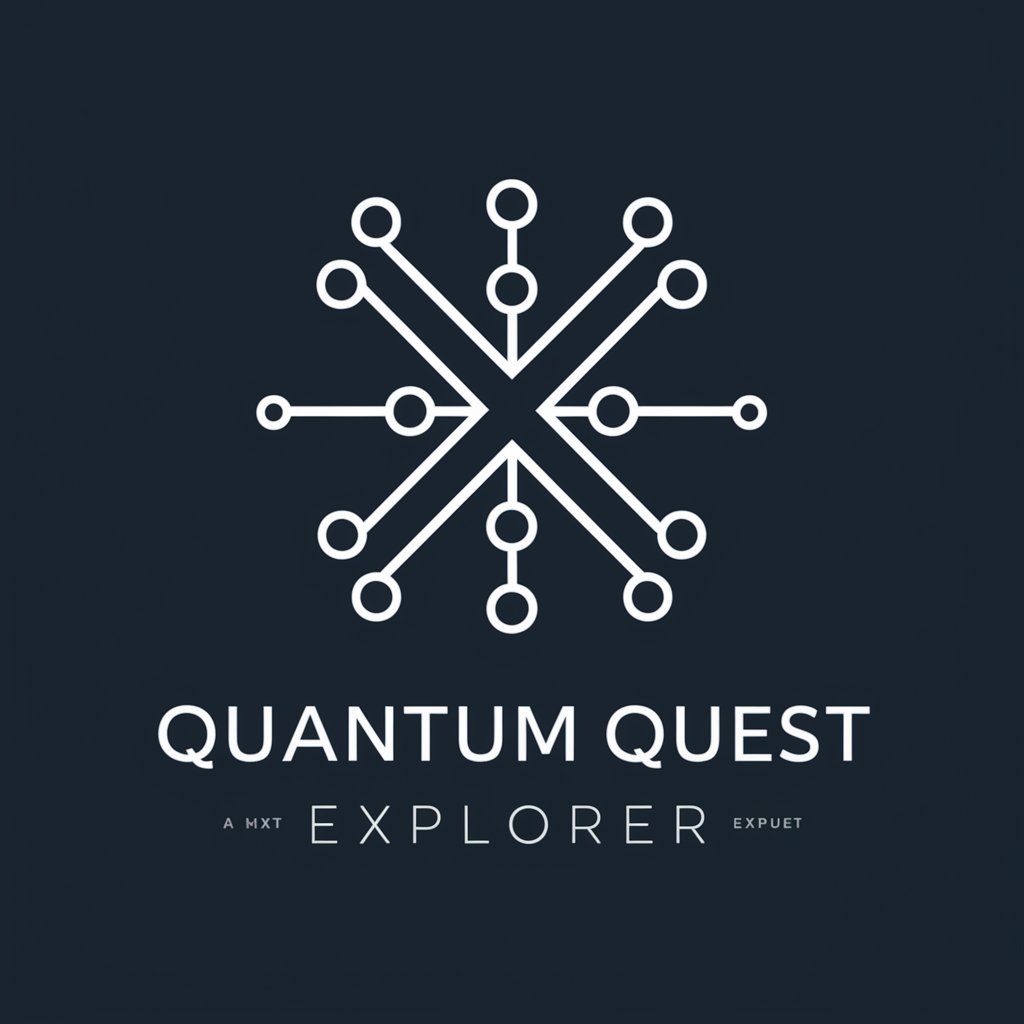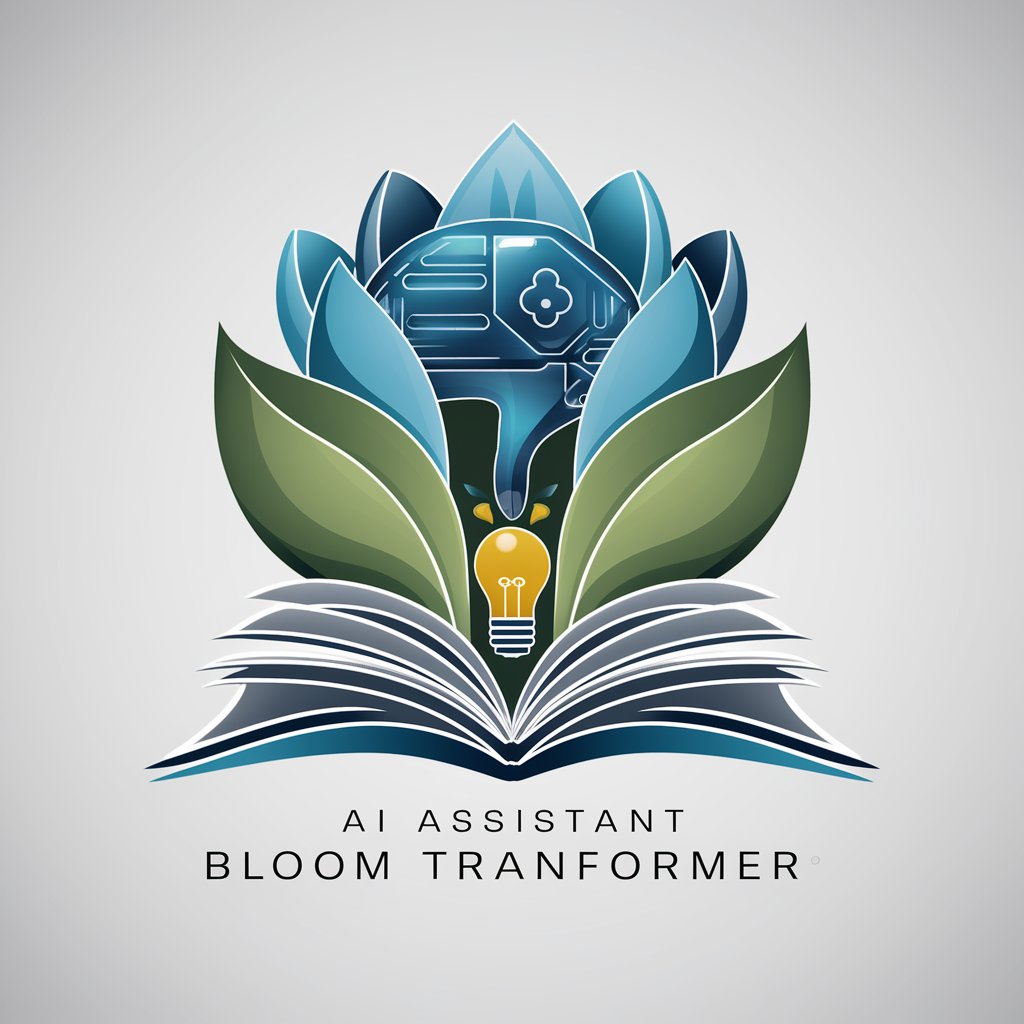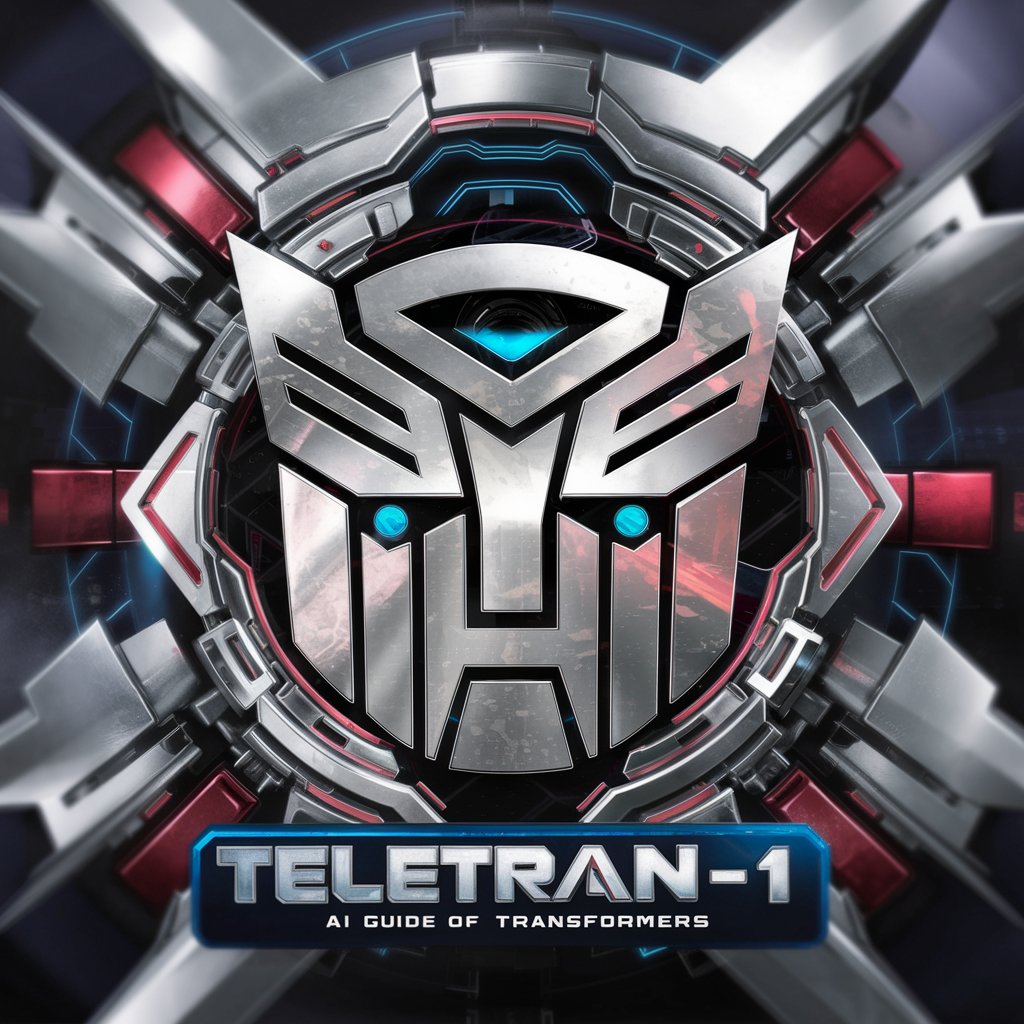
Q-transformer - AI-Powered Text Tool
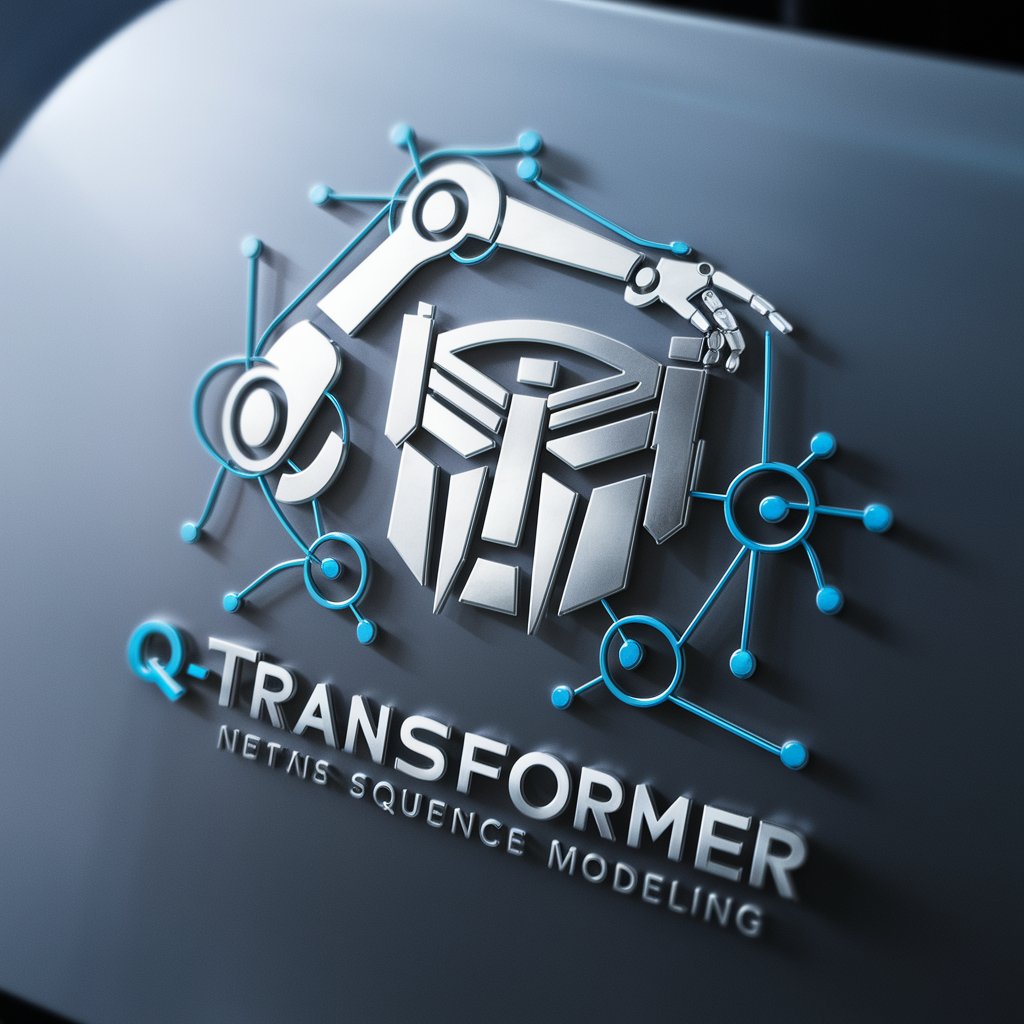
Welcome! Let's explore scalable offline RL with Q-Transformer.
Empowering Creativity with AI
Describe a scenario where Q-Transformer excels in learning from diverse datasets...
Explain the benefits of using per-dimension tokenization of Q-values in Q-Transformer...
Illustrate how Q-Transformer integrates Monte Carlo and n-step returns to enhance learning efficiency...
Compare the performance of Q-Transformer with other offline reinforcement learning algorithms...
Get Embed Code
Introduction to Q-Transformer
Q-Transformer is a scalable reinforcement learning method designed for training multi-task policies from large offline datasets, capable of leveraging both human demonstrations and autonomously collected data. Its core innovation lies in the use of a Transformer architecture to provide a scalable representation for Q-functions trained via offline temporal difference backups. This method discretizes each action dimension and represents the Q-value of each action dimension as separate tokens, allowing the application of high-capacity sequence modeling techniques for Q-learning. This approach enables Q-Transformer to outperform prior offline RL algorithms and imitation learning techniques on diverse real-world robotic manipulation tasks. For example, in a scenario where a robot is tasked with picking up and placing objects according to specific instructions, Q-Transformer could utilize past data (both successful and failed attempts) to efficiently learn and improve its task execution without additional online interaction. Powered by ChatGPT-4o。

Main Functions of Q-Transformer
Autoregressive Discrete Q-Learning
Example
Learning multi-step object manipulation tasks, such as picking and placing objects in a warehouse setting.
Scenario
A robot uses past experiences to decide the sequence of actions (e.g., moving to a shelf, grasping an item) to efficiently pick and place objects. Each action's Q-value is discretized and predicted autoregressively, optimizing the robot's actions based on historical data.
Conservative Q-Learning with Transformers
Example
Improving the safety and reliability of autonomous driving systems.
Scenario
In an autonomous driving system, Q-Transformer can be used to evaluate and optimize driving decisions (e.g., lane changes, speed adjustments) by learning from a large dataset of driving scenarios. The conservative Q-learning aspect ensures the system avoids overestimation of Q-values for unseen actions, enhancing safety.
Monte Carlo and n-step Returns for Efficiency
Example
Optimizing energy consumption in smart buildings.
Scenario
For managing energy in a smart building, Q-Transformer could use past data to predict the most efficient energy usage patterns. By combining Monte Carlo and n-step returns, it quickly propagates valuable information from successful energy-saving strategies, adapting these strategies without waiting for long sequences of actions to unfold.
Ideal Users of Q-Transformer Services
Robotics Engineers
Professionals working on robotic manipulation tasks, such as assembly lines or logistics, who seek to improve robotic dexterity and adaptability using offline data. They benefit from Q-Transformer by being able to leverage large datasets of robotic interactions to train more capable and versatile robotic systems.
Autonomous System Developers
Developers focusing on autonomous vehicles, drones, and other autonomous systems that require decision-making based on past data. Q-Transformer offers a way to utilize extensive historical data to refine and optimize decision-making algorithms, enhancing the autonomy and safety of these systems.
AI Researchers in Reinforcement Learning
Academics and industry professionals researching scalable and efficient learning algorithms. Q-Transformer presents a novel approach combining Transformer models with Q-learning, offering a new pathway to solve complex RL problems that involve learning from large, mixed-quality datasets.

How to Use Q-Transformer
1
Start by visiting yeschat.ai for an instant access trial; no login or ChatGPT Plus subscription required.
2
Explore the documentation available on the platform to understand the Q-Transformer's capabilities and interface.
3
Choose a task or dataset you want to apply Q-Transformer to, ensuring it aligns with the model's capabilities such as text generation or analysis.
4
Utilize the interactive interface to input your data or query, adjusting settings or parameters as needed to tailor the output.
5
Review the generated results, and if necessary, refine your query or parameters for optimized outcomes.
Try other advanced and practical GPTs
Gutter
Streamlining Gutter Solutions with AI

Wood Stoves
Empowering Warmth, AI-Assisted

Heater
Empowering your heating solutions with AI

Cash+ Program Home Advisor
Maximize Your Home Sale with AI

Decor Scout
Discover, Decorate, Delight with AI

ACR Copywriter
Empowering Your Words with AI

Travel Marketing
Elevate Your Travel Brand with AI

ERP 번역 템플릿
Streamline ERP Localization with AI
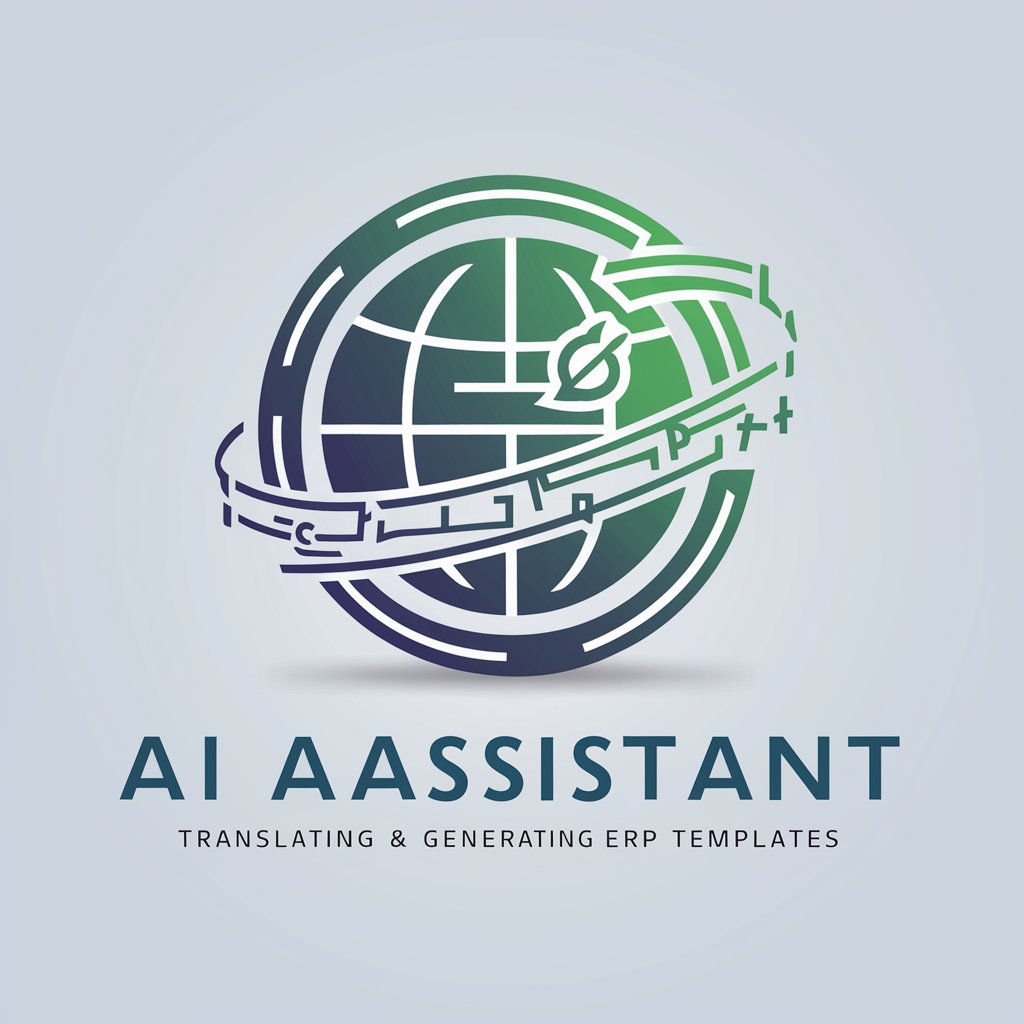
Net Zero Industries
Powering Industry Decarbonization with AI

Palladium
Unlocking Palladium's Potential with AI

Elo Product Discovery Bot
AI-powered Product Discovery Simplified
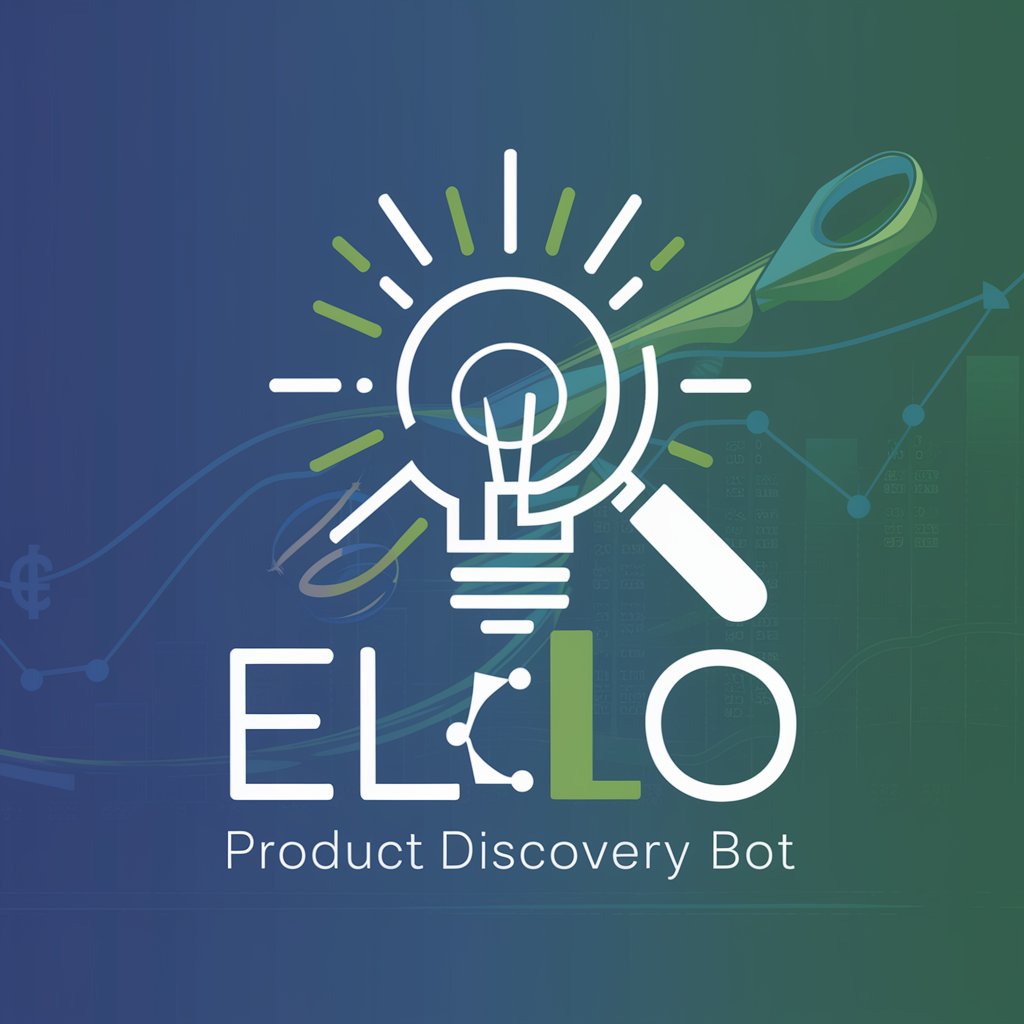
SEO AI Blogsmith
Empowering Creativity with AI

Frequently Asked Questions about Q-Transformer
What is Q-Transformer?
Q-Transformer is an AI-powered tool designed to interpret and generate text-based content, leveraging advanced machine learning models for diverse applications.
Can Q-Transformer be used for language translation?
Yes, Q-Transformer can be applied to language translation tasks, utilizing its deep learning capabilities to understand and translate between languages.
How does Q-Transformer handle large datasets?
Q-Transformer is built to efficiently process and analyze large datasets, using scalable architecture and optimization techniques to ensure high performance.
Is Q-Transformer suitable for academic research?
Absolutely, Q-Transformer's advanced text generation and analysis features make it a valuable tool for academic research, aiding in data analysis and literature review.
Can Q-Transformer generate creative writing?
Yes, Q-Transformer can generate creative writing, including stories and poetry, by learning from vast datasets of literary works to mimic various writing styles.


